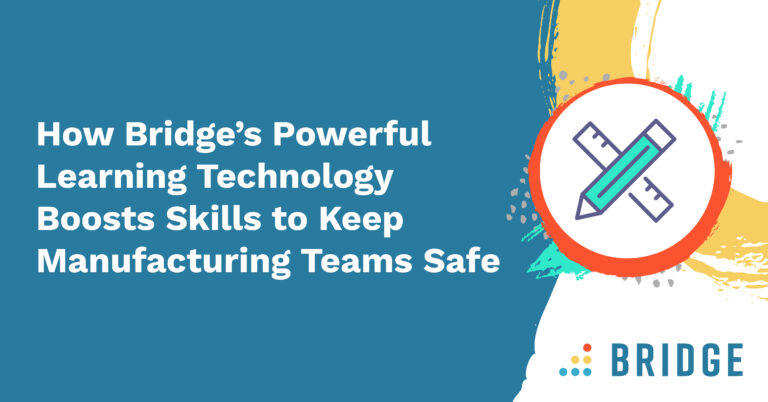With the COVID-driven boom in remote working, there’s something no one seems to be mentioning. When your workforce goes remote, with each individual going to their own environment, organisational cultures have no fuel. And company culture is a fragile thing; don’t nurture it and it will quickly morph into something disparate and unrecognisable.
The same is true for your learning and development (L&D) culture. Especially in these times, you need your learning and development culture to be strong and robust so that you can scale challenges and take advantage of opportunities. How do you create this in a remote workforce?
Awareness: Learning and Development Done Remotely is Different
Firstly, it’s important to understand that when you have a remote workforce (compared to one that physically meets and interacts), you lose incidental L&D which accounts for over 70% of total learning. Those relationships that form in the canteen queue, which lead to mentoring and nurturing, fall by the wayside. The osmosis approach of learning simply by witnessing what others are up to day in and day out simply doesn’t happen.
A culture of L&D for your remote workforce has to be so much more intentional.
There’s also something else you need to be aware of. With centralised workforces, L&D culture can be more top-led. Training is handed out like elements of a curriculum. With a remote workforce, this approach doesn’t work. Remote workers need to be individually engaged learners, driving their own development. Ensuring that the development of individual employees aligns with company goals takes some dextrous manoeuvring.
A culture of L&D for your remote workforce has to be so much more engaging.
Creating a Culture of Learning and Development for a Remote Workforce
So, how do you take an intentional and engaging approach to L&D?
1. Plan
It is vital to plan for the development of remote workers, without leaving it to chance. A planned framework should be put in place which aligns individual goals with company goals alongside a clear development pathway. The right resources need to be in place to turn plans into reality.
2. Communicate
With remote working, communication needs to be ramped up broadly, and also specifically related to what is expected regarding L&D. The culture of learning needs to be fed continuously from managers to their teams. This isn’t just about online delivery of training. It’s also about recreating those incidental L&D opportunities which are missing. Collaborative learning has to be facilitated.
3. Visibility
We’re not fans of Learning Management Systems (LMSs) which are solely used by HR, and these types of LMSs definitely won’t work when your workforce is remote. Your people need to be active participants in the LMS. They need to be able to see that L&D is a core component of daily organisational life. They should be using the platform regularly throughout each day to engage with others, communicate with their managers, and actively participate in L&D.
4. Continuity
With a remote workforce, L&D cannot be piecemeal. It needs to be continuous and regular if you want it to underpin your wider culture. Creating clearly visible opportunities where continuous development is both expected and rewarded, with regular check-ins.
5. Knowledge
With remote working it is very easy to not know your employees. Then, out of the blue, a resignation comes. You didn’t see it coming because you didn’t know what really mattered to that individual. Remote L&D culture involves a desire to really know and understand each individual. By understanding their motivations, you can ensure they remain engaged.
6. Variety
Your remote workforce, especially if they are working under society-wide Covid restrictions, probably spends their entire day behind a screen. They will not view training as the ‘change of scene’ that office workers see it as. You can help the L&D culture develop by making it part of an employee’s hours, rather than an addition. And spice it up. Put in lunchtime yoga options, or deliver training in audio downloads, just ensure there’s plenty of variation.
7. Evaluation
Lastly, you need to take a radically different approach to the evaluation of learning. It’s not enough to push a form towards an individual a week after they did a training course. Instead, you need to use things such as 360° feedback to see how learning is being applied in practice and where gaps remain. Out of sight, out of mind, cannot be allowed to take root.
It is possible to develop vibrant, engaged and rewarding learning and development cultures with remote workforces, but it takes intention and the right tools.
See how Bridge makes it possible.



